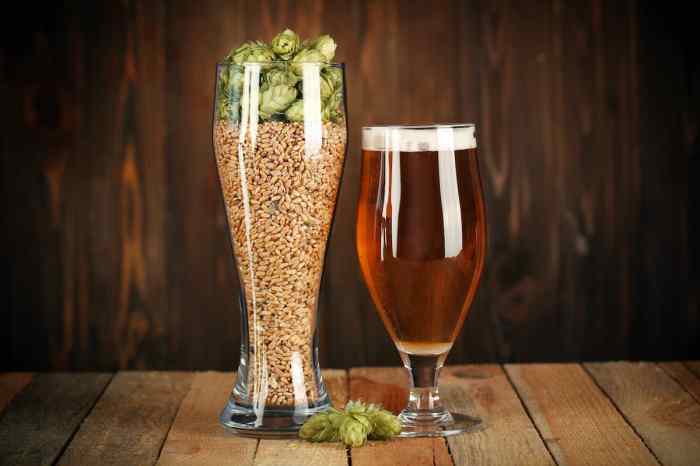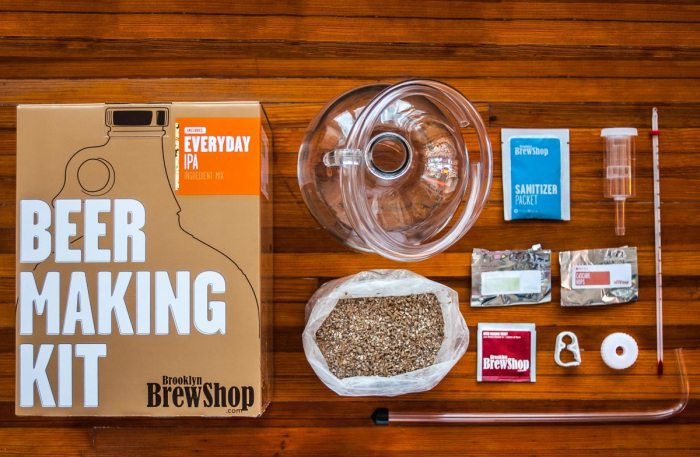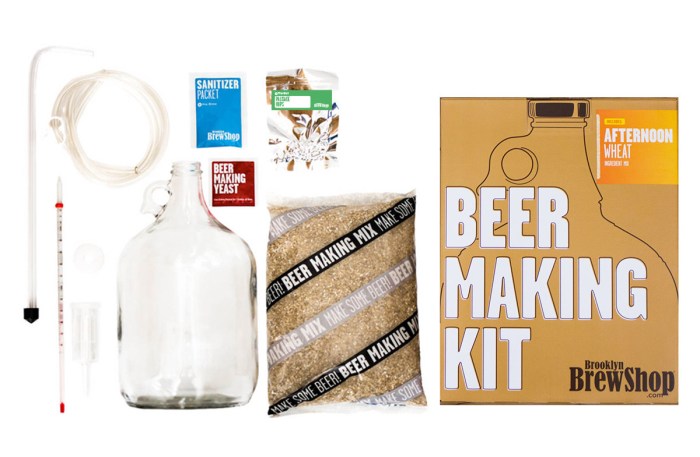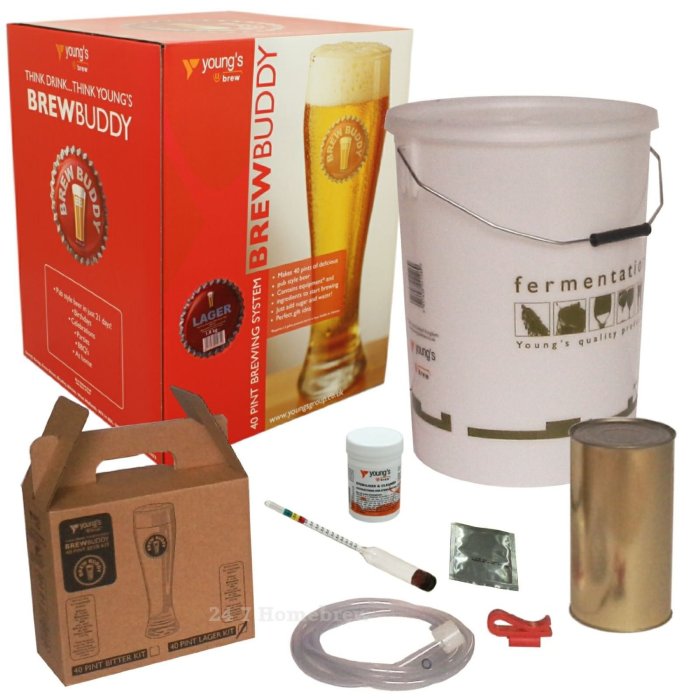Embark on a journey into the world of homebrewing with “How to Brew Beer: 8 Steps to Homebrewing Your Own Beer.” Discover the secrets to creating your perfect brew right in the comfort of your own home, from the basics to advanced techniques.
Unveil the step-by-step process, tips, and tricks that will elevate your homebrewing game and impress your taste buds with every sip.
Overview of Homebrewing

Homebrewing is the process of brewing beer on a small scale, typically at home, using simple equipment and ingredients. It allows beer enthusiasts to create their own unique brews, experiment with different flavors, and tailor the beer to their personal preferences.
Benefits of Brewing Beer at Home
- Cost-effective: Brewing beer at home can be more affordable than buying craft beers from the store.
- Creative freedom: Homebrewing allows for endless possibilities in terms of flavors, styles, and ingredients.
- Satisfaction: There is a sense of accomplishment and pride in creating your own beer from scratch.
Basic Equipment Needed for Homebrewing
- Fermentation vessel: A container where the beer will ferment.
- Airlock: Allows carbon dioxide to escape during fermentation without letting oxygen in.
- Brew kettle: Used for boiling the wort (unfermented beer).
- Thermometer: To monitor and control the temperature of the brewing process.
- Racking cane: Used for transferring beer between containers without disturbing sediment.
Common Ingredients Used in Beer Brewing
- Malted barley: Provides the fermentable sugars needed for alcohol production.
- Hops: Add bitterness, flavor, and aroma to the beer.
- Yeast: Ferments the sugars into alcohol and carbon dioxide.
- Water: The primary ingredient in beer, affecting the taste and quality of the final product.
Step-by-Step Guide to Brewing Beer

To brew beer at home, you’ll need to follow 8 essential steps to ensure a successful batch. From mashing and boiling to fermentation and bottling, each step plays a crucial role in creating your own delicious beer.
Process of Mashing and Boiling
Mashing involves soaking crushed grains in hot water to extract sugars, which will later ferment into alcohol. This process creates a sweet liquid called wort. Boiling the wort with hops adds bitterness, flavor, and aroma to the beer. Boiling also sterilizes the wort to prevent contamination.
Importance of Fermentation
Fermentation is where the magic happens in brewing beer. Yeast is added to the cooled wort, converting the sugars into alcohol and carbon dioxide. This process usually takes a couple of weeks and determines the final flavor profile of the beer.
Bottling and Storing the Beer
Once fermentation is complete, the beer is ready to be bottled. Priming sugar is often added to create carbonation in the bottle. After bottling, the beer needs to be stored in a cool, dark place for a few weeks to condition and carbonate properly. Proper storage ensures that your beer is ready to be enjoyed.
Tips and Tricks for Successful Homebrewing

When it comes to homebrewing beer, there are some key tips and tricks that can help ensure a successful batch every time. From cleanliness to temperature control, patience, and troubleshooting, these tips are essential for any homebrewer looking to perfect their craft.
Maintaining Cleanliness During the Brewing Process
One of the most important aspects of homebrewing is maintaining cleanliness throughout the brewing process. Any bacteria or contaminants can ruin your beer, so be sure to thoroughly clean and sanitize all equipment before and after each use. Use a brewing sanitizer to ensure that your gear is free from any harmful microbes that could spoil your beer.
Controlling Temperature During Fermentation
Temperature control is crucial during the fermentation process. Different types of beer require different fermentation temperatures, so be sure to research the optimal range for the style you are brewing. Invest in a temperature-controlled fermentation chamber or use a water bath with ice packs to maintain a consistent temperature throughout the fermentation period.
Significance of Patience in the Brewing Process
Patience is key when it comes to brewing beer. Rushing the process can result in off-flavors or incomplete fermentation. Allow your beer to ferment for the recommended time and resist the temptation to bottle or keg too soon. Remember, good things come to those who wait!
Troubleshooting Common Issues
Despite your best efforts, issues can still arise during the brewing process. Some common problems include stuck fermentation, off-flavors, or contamination. Be prepared to troubleshoot these issues by researching potential causes and solutions. Utilize resources such as online forums, brewing books, or local homebrewing clubs to help diagnose and fix any problems that may occur.
Ending Remarks

In conclusion, mastering the art of homebrewing opens up a whole new realm of possibilities for beer enthusiasts. With these 8 steps and expert tips at your disposal, you’re well on your way to becoming a homebrewing maestro. Cheers to your brewing adventures ahead!